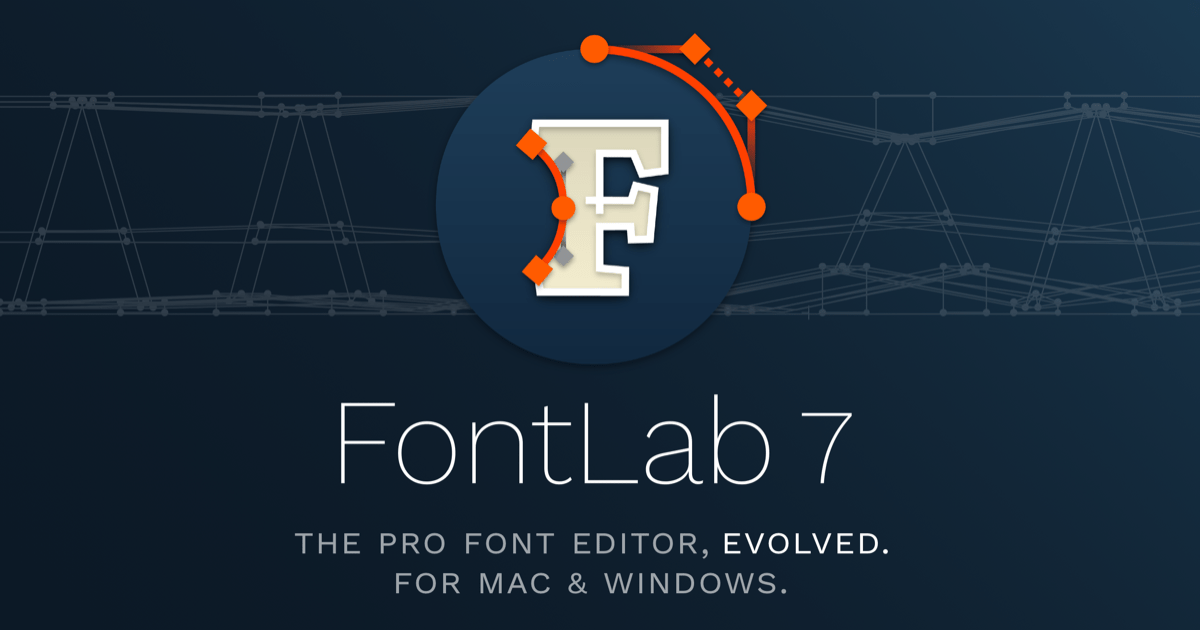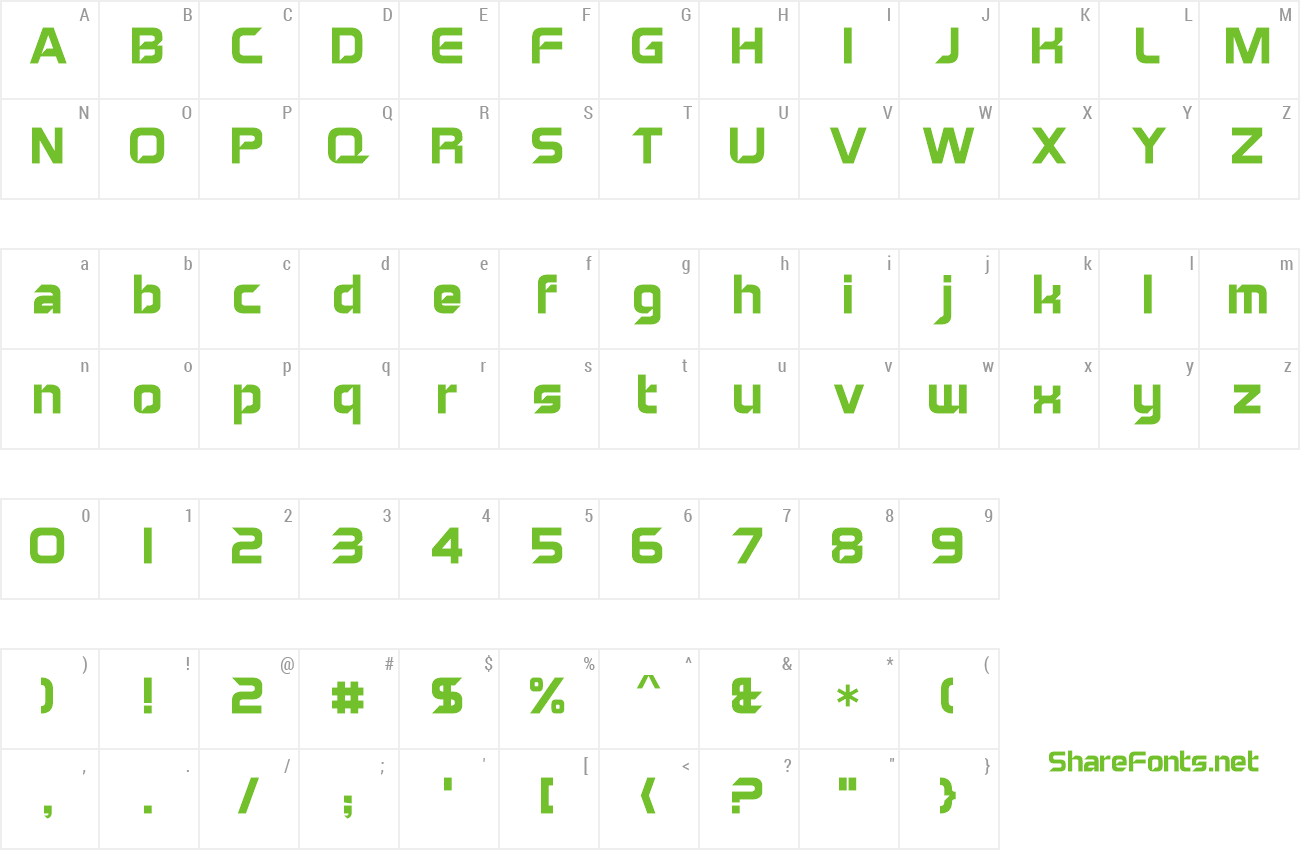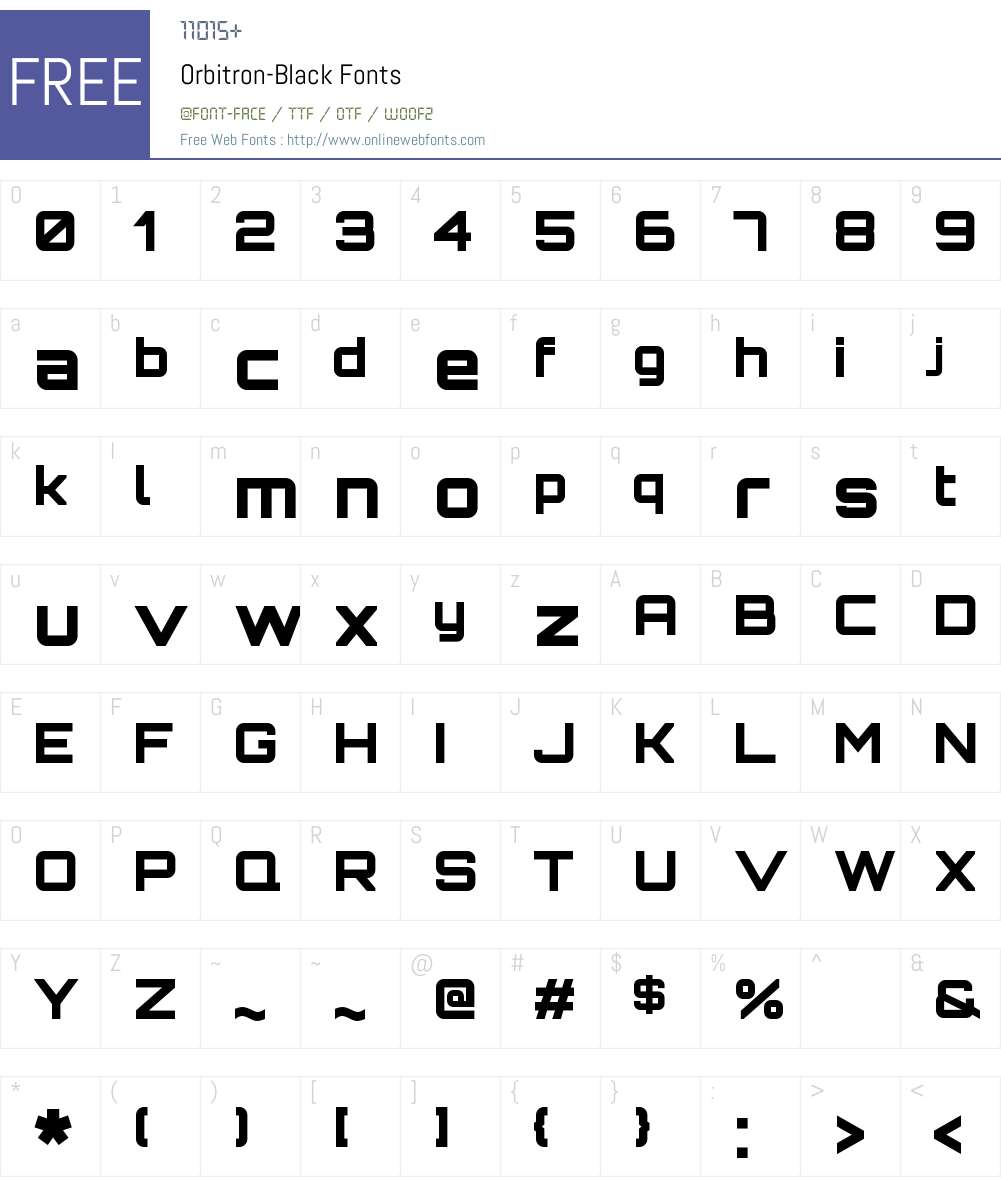
- FONTLAB STUDIO FONT PREVIEW ICON MAC OS
- FONTLAB STUDIO FONT PREVIEW ICON SERIAL NUMBER
- FONTLAB STUDIO FONT PREVIEW ICON SERIAL
- FONTLAB STUDIO FONT PREVIEW ICON WINDOWS
FONTLAB STUDIO FONT PREVIEW ICON SERIAL
Run TypeTool and re-enter your serial number. Remove the files CurrentWorkspace.rc and CurrentWorkspace31.rc (if they exist) Navigate to the folder Application Support/FontLab/TypeTool 3/Workspaces/ The user interface of FontLab Studio will be now in its default state. Run FontLab Studio and re-enter your serial number. Remove the files CurrentWorkspace.rc and CurrentWorkspace51.rc (if they exist) Navigate to the folder Application Support/FontLab/Studio 5/Workspaces/ In Finder, from the Go menu choose Go to Folder.
FONTLAB STUDIO FONT PREVIEW ICON SERIAL NUMBER
Note: you will need to re-enter your product’s serial number after this procedure! Be sure you know the serial number before you do this. If your FontLab Studio or TypeTool user interfaces have become corrupt (missing or mislabeled menus, windows, panels or icons), you will need to reset them.
FONTLAB STUDIO FONT PREVIEW ICON WINDOWS
Some icons are missing or mislabeled, or some windows do not appear.

I am having problems with the user interface of FontLab Studio 5 or TypeTool. Modified on: Wed, 20 Sep, 2017 at 6:19 PM Serious font folks use them both, but Studio is too substantial an investment of time and money for casual users.Solution home General FAQ User interface “corruption” in FontLab Studio / TypeTool If you can live without Studio’s advanced features-OpenType and native TrueType support, better metrics editing, superior Multiple Master support, and programmability-then you will probably be happier with Fontographer. Macworld’s buying adviceįontLab Studio 5.0.2 is the most capable font editor you can buy today, but it is hard to learn. But Studio 5’s usability is now good enough for me to be comfortable doing most of my font work with it. I did not like the interface of Studio 5’s predecessors: FontLab 3 and 4. If an append goes wrong you may not realize that something bad has happened until hours later.ĭespite that, I keep coming back to Studio because it lets me do things I could only dream of with earlier generations of font editors. And some actions, such as the Append operation, are not undoable. While there is extensive undo function in FontLab, it contains some perversely crude elements. More than once, I performed hours of work, only to have to go back to a previous version of the file because a problem I caused was not immediately apparent. One thing is clear: save frequently, and save multiple versions. The documentation provided with Studio is good, but it does not cover this issue, which I had to resolve through tech support. For example, I performed a simple append operation in a Multiple Master font that resulted in the insertion of extra points, thus ruining the outline.
Unlike Fontographer, which is a comparatively simple program, Studio will occasionally give you an unpleasant surprise. While Fontographer users will appreciate that Studio now properly displays tangent points, they might be disappointed by the weak print and proof features, cumbersome handling of scanned images, and Studio’s mediocre zoom factor of 1,600 percent (I would like to see 6,400 percent). (Though RoboFab lets you extend, automate, and customize Studio 5 to the limits of your imagination, you will need to be a fairly adept programmer to get much out of it.)

RoboFab toolkit, which lets you limitlessly manipulate fonts in Studio, and will even let you store font data in a non-proprietary and extensible format. Studio 5 even has a built-in Python editing window.

FONTLAB STUDIO FONT PREVIEW ICON MAC OS
Studio 5 also offers improved integration with the Python programming language that is built-in to Mac OS X, enabling infinite custom programming and scripting capabilities. This is an intriguing and original feature, but I would have been happier if Studio had offered deeper support for traditional foundry-style metrics fitting instead. The basic idea is that when you are editing a glyph, shape-related glyphs appear in the background, making it easier to keep related shapes in sync. A related new feature is called in-context editing. No font editor could ever do anything like this before. Essentially, it makes your 150 dpi screen look more like a 300 dpi or even 600 dpi screen. The anti-aliasing lets you view much smaller characters on screen than you ever could before, without visible pixel artifacts. Because of its efficient anti-aliasing capabilities, you can use Studio’s novel multi-line Metrics window to show comparatively small lines of text on screen.


 0 kommentar(er)
0 kommentar(er)
